In Japan, there is a photography organization called the Society of Scientific Photography. Founded in 1978, it has more than 40 years of history. It is a group of photographers wishing for the growth of photography culture through friendships and interactions in the intersection of nature and science. Its members include about 350 photographers and photography lovers who are active in various photographic fields, focusing on the natural sciences. What can natural science photographers accomplish by taking photos and videos? That is the theme of today's article.
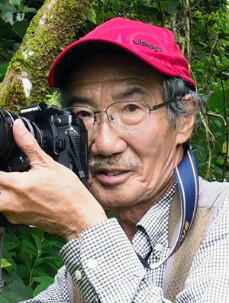
What is natural science photography?
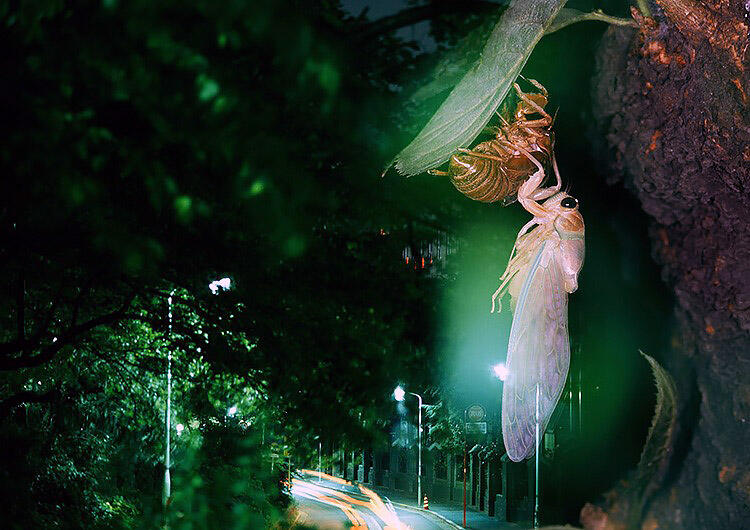
(photo by Kazuo Unno)
We need to consider whether natural science photography is a fusion of "nature photography" and "scientific photography" or two different fields: nature photography and scientific photography. Generally, in the broadest sense, nature photography includes wildlife photography, astrophotography, and landscape photography--capturing animals and plants in the natural world, the weather, astronomical objects, and mountains. In contrast, photography of physical phenomena and microscopic photography is called scientific photography.
With part of its English name as "Scientific Photography," our society has functioned as a group of photographers involved in wildlife photography and microscopic photography, etc., since its foundation. When translated directly into Japanese, the kanji characters for "Scientific Photography" indicate that the term includes both physical and natural phenomena. In our society, wildlife photography, landscape photography, and microscopic photography are all, in the broadest sense, included in the definition of scientific photography.
Wildlife photography is not just about taking cute photographs of animals. When a photographer concentrates on shooting an animal's characteristics as a living creature, it becomes scientific photography. Also, in landscape photography, captured scenery may include geological formations and natural phenomena such as rime frost. The critical point is whether the photo-taker concentrates on the scientific aspects.
Decades ago, photography was a vital recording medium. It was for this reason that photographic technicians existed in research institutes and universities. At the time, photography was essential when creating scientific documentation. However, times have changed, and the digital age has arrived, especially since the start of the 21st century. Equipment has steadily evolved, and now anyone can leave records using photographs or video. These evolutions and developments have enabled natural science researchers interested in photography to keep meaningful records without relying on professional photographers.
Now, the question is this: what should professional photographers like us do?
I want people to feel the wonder and joy of photography.
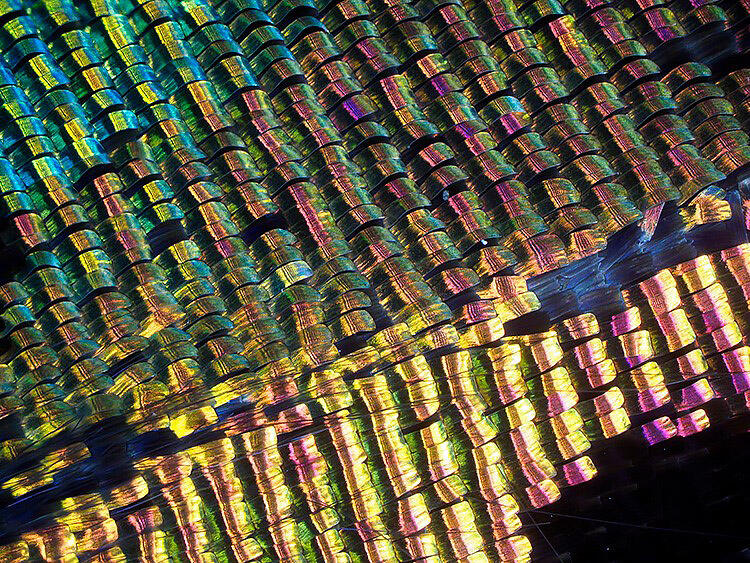
(Photographed by Kazuo Unno)
Natural science photographers who made photography their primary occupation, have always felt "a Sense of Wonder" through contact with nature and have strived to capture it in an image. Without observing our subjects as though we were researching them and gaining a deeper understanding, we cannot take scientific photos. If you think about it that way, there is no difference between photos taken by scientific photographers and ones taken by researchers. Some photographers may try to take more researcher-like photos, and, conversely, there may be researchers who explore photography in more of a photographer-like view.
I call myself an "insect photographer". I continue taking pictures and publicizing them because I want the people who see my photos and videos to feel the wonder and joy I felt when I met my insect subjects. Lots of the media I use to publicize my work are for children, so I think that I have conveyed many different things to them. As a result, I believe that many people took the same road as me to photograph living things or moved on to the field of biology. The most meaningful thing scientific photographers, including myself, can do is raise our children to be interested in natural science.
Many retired people have also been captivated by the photography of insects and wild birds in recent years. I would like them to think scientifically that their subjects are living creatures rather than unconsciously snapping a photo. We need to consider each age group as targets regarding what sort of photos or videos can affect the people who see them.
What one likes, one will do well
When taking photos or videos, the most important thing for a scientific photographer is the idea "What one likes, one will do well." We take pictures to share the charms of what we love, and that's how we become proficient, which is different from so-called career photographers who work based on requests. What kind of photos or videos should we show, through what type of medium, to convey our subjects' charms? It is essential to consider these points while shooting.
Despite saying this, sometimes it is not that easy to get a shot. Many of my books comprise pictures chosen among those taken over many years. One of my themes has been "insect courage," which I became obsessed with as a student. It's been 50 years since I started taking those photos. The act of taking pictures of insect camouflage itself is not difficult--the issue is it is hard to encounter such subjects. There are a lot of insects that I have only seen once, a long time ago, and never since.
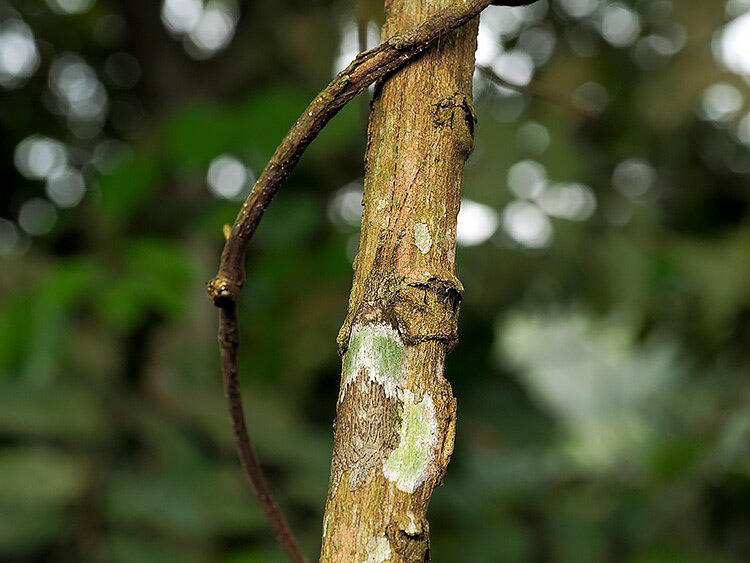
After collecting these examples of camouflage, I enjoy thinking about how these phenomena came to be and thinking that I have discovered a commonality in behavior that transcends species. The problem is that there are many cases where " what I thought I had discovered have been known for a long time." I always need to think about how my perspective differs from existing perspectives. Photographers who are deeply into the natural world need to be careful that they do not fall into the pitfall of being a proverbial "frog in a well" and should go between their work in the field and the world of scholarship.
Yet, scientific photographers who use most of their time on their favored subjects spend more time looking at living creatures and events than half-hearted researchers. That is because they can come across a variety of events by making good use of their time. Photographers who take shots of living creatures, in particular, can take more profound photos by understanding their subjects. We can indeed achieve an outstanding result if we make sure to remember the scientific perspective.
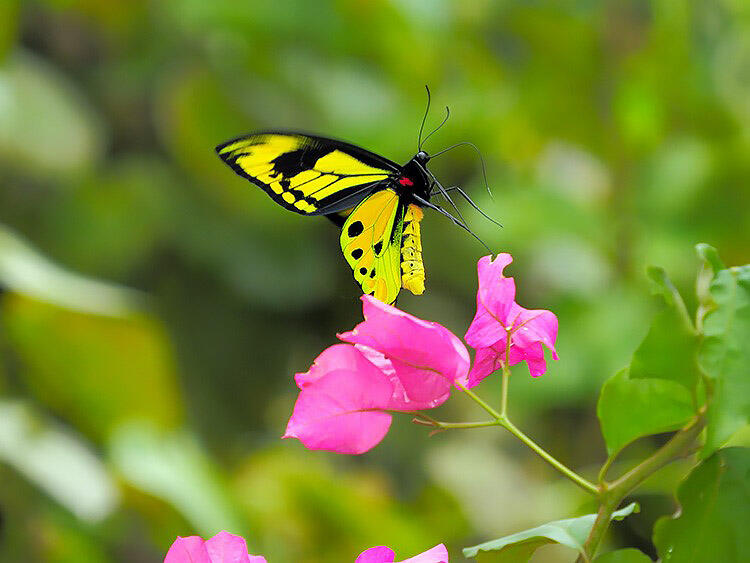
(photographed by Kazuo Unno)
Towards a new scientific photography
Camera equipment and shooting techniques are continuing to develop even now, with the birth of new technologies. One of the exciting aspects of natural science photography is that new technologies can lead to other discoveries. Many of the photographers of our generation have specialized in shooting particular fields, such as insects, animals, or plants.
However, living creatures--including humans--are dependent on each other and influence each other as they live. The environment is one factor in this. I think this notion has been lacking in the past. So, I am delighted that some young photographers aim to express such an intertwined natural world through their photos.
Even subjects that we assumed have had all avenues of photography exhausted might be expressed in an entirely different way in photography exhibitions and books if the photograph skillfully captures the relationship between photographer and subject and incorporates the photographer's perspective in the composition.
I have only taken pictures of my beloved insects in nature. I wish I could make something like the flow of life as a theme if I were younger. But, in reality, my remaining years are short, so I have handed over this idea to the next generation. Instead, I dedicate myself to photographing insects that I have longed to capture in the countries that I had desired to visit as a child but have yet to see. My attempts to do this are on hold because of the COVID-19 pandemic, which makes me somewhat sad.
But if I may say, COVID-19 might have urged me to try other things. Last year, I devoted myself to creating a butterfly garden, where butterflies will visit, in the garden of my holiday home in Komoro City, Nagano Prefecture. And I took many photos in this garden alone. I have owned this Komoro home for 30 years now, but I was never secluded here for seven months, which was fresh for me.
If you look at nature in the same place every day, what you see will change. Since I do not use agrochemicals, I was able to experience new things like fighting against Asian giant hornets that attack butterflies and gypsy moths, which is something I had never done before. It is almost time for me to make the preparations for my butterfly garden again this year. Despite enjoying this experience, I would like to go to the tropics while I am fit and healthy.
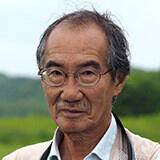
Kazuo Unno
Born in Tokyo in 1947. Since elementary school, he has been interested in insects and photography, and after studying insect behavior at Tokyo University of Agriculture and Technology, he became a freelance insect photographer. His main fields of interest are Komoro City in Nagano Prefecture and Malaysia. He is interested in insects in the tropical rainforest, especially in camouflage, and has made it his life's work. In 1990, he set up his studio in Komoro, and in 1994, he won the Photographic Society of Japan Award for his photo book "Konchu no Gitai (Camouflage and Mimicry of Insects)." He has written more than 150 books, mainly for children. Since 1999, he has been writing a daily blog, "Komoro Diary," where he takes pictures with a digital camera and publishes them with comments. He is the Japan Society of Natural Science Photography chairman and the executive chairman of "Little League of Living Things Photography," a photo contest of living things for elementary and junior high school students.
Original article was provided by the Science Portal and has been translated by Science Japan.




